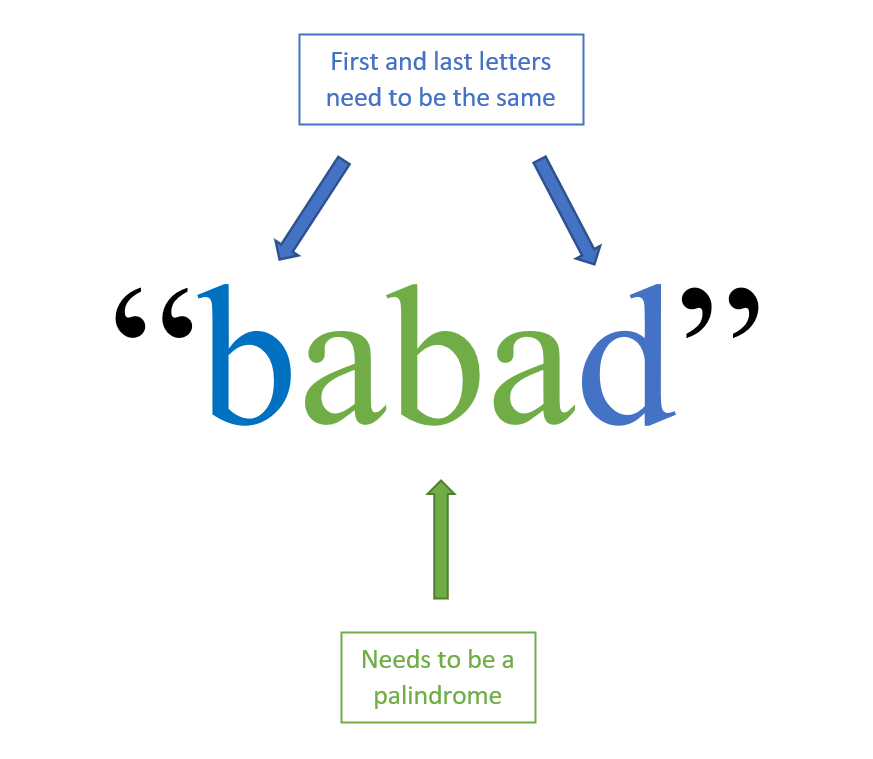What is ‘palindromic string’?

A string is what is a palindrome if the string read from left to right is equal to the string read from right to left.
Brute Force
Brute force solution will find Palindromic Substring.
- Find all Substring.
- Check if it is Palindromic or not. It has O(1) space complexity. But, it has \(O(n^3)\) time complexity. It seems to need less time complexity.
Expand Around Center
We could solve it in \(O(n^2)\) time complexity using only constant space.
- Fix a center. Every character can be a center.
- Calculate how long palindromic substring can be made with the center.
- Need to check not only [center-i:center+i] but also [center-i:center+i+1]. Be ready for case ‘abba’.
Manacher’s Algorithm
Manacher’s Algorithm is most powerful to find Palindromic Substring in a string. It has \(O(n)\) time complexity. It reduces time complexity by using previous results. Let’s see how it works.
- Manacher’s algorithm can’t find palindrome with even-characters. So, we need to insert ‘#’ or some characters to find it. For example, ‘banana’ should be transformed ‘b#a#n#a#n#a’.
- \(index\) will change from 0 to \(N\)(string length) and calculate how long(A) can make palindrome with \(index\).
- Check if \(index\) that is calculating could be part of palindrome which alread made before. When \(j\) change from 0 to \(index\), \(r = max(j+A[j])\). \(p\) is \(j\) which makes maximum \(r\).
- (case \(index>r\)) If not, \(A[index]\) need to initialize 0. Because previous results can’t help calculating how long(A) can make palindrome with \(index\). \(A[index]=0\)

- (case \(index<=r\))In opposite case, we can use previous results. Find \(index\)’s symmetry point with \(p\). \(A[index]=A[2p-index]\)

- After initializing \(A[index]\), increase \(A[index]\) while \(S[index-A[index]]=S[index+A[index]]\). Half of palindrome’s charaters don’t need to calculate by using symmetry point’s result. It is the reason why time complexity reduces.
class Solution:
def longestPalindrome(self, s: str) -> str:
#step1
T = '#'.join(f'#{s}#')
n = len(T)
A = [0] * n
r = p = 0
#step2
for i in range(1, n - 1):
#step4,5
A[i] = (r > i) and min(r - i, A[2 * p - i])
#step6
while i - 1 - A[i] >= 0 and i + 1 + A[i] < n and \
T[i + 1 + A[i]] == T[i - 1 - A[i]]:
A[i] += 1
#step3
if i + A[i] > r:
p, r = i, i + A[i]
maxLen, centerIndex = max((n, i) for i, n in enumerate(A))
return s[(centerIndex - maxLen) // 2: (centerIndex + maxLen) // 2]